Machine Wash Delicates Like a Pro: Gentle Cycle Guide and Tips
Are you tired of hand-washing delicate clothing and worried about damaging your favorite garments? Machine washing delicates is possible, and convenient, with the right knowledge. This guide is for owners of delicate clothing, busy individuals, and anyone concerned about garment damage, offering step-by-step instructions, expert tips, and drying advice. Learn how to machine wash your delicates, saving time while extending the lifespan of your treasured clothes, and avoid the fear of ruining your garments.
1. Understanding the gentle cycle for delicates
The delicate cycle is specifically engineered for the tender handling of fragile garments. This is great for materials such as silk, lace, and fine cotton. The key features of the delicate cycle are a reduced spin speed, a shorter wash duration, and minimized agitation, and all of these things will minimize mechanical stress on delicate fabrics.
You will also find that some washing machines might have different names for this cycle, such as the “gentle” or “hand wash” cycle.
1.1. What makes the delicate cycle “Delicate”?
The mechanics of the delicate cycle involve reduced drum movement compared to normal cycles. This results in gentler water action and slower spin speeds. The aim is to mimic the gentleness of hand washing, but in a machine. The washing machine mimics the process by carefully working with your delicate garments.
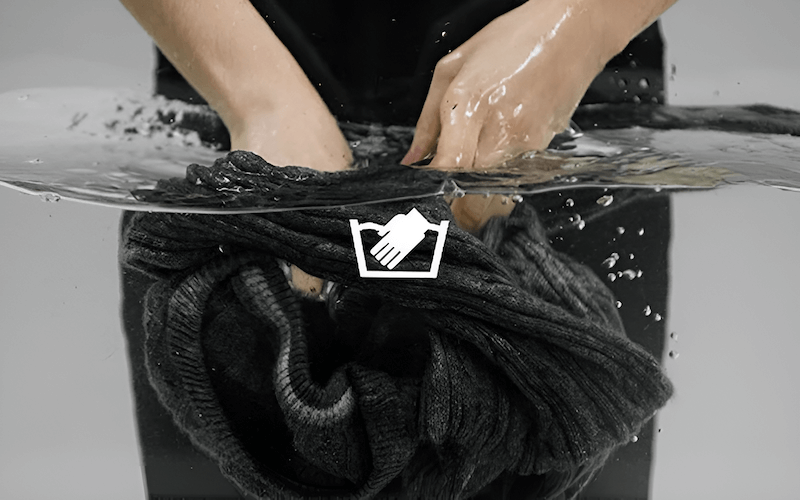
1.2. Identifying the delicate cycle on your machine
To locate the delicate cycle, look for labels like “Delicates,” “Gentle,” or “Hand Wash” on your machine’s control panel. There are also often cycle symbols such as a flower or lingerie icon. If you are still unsure, check your washing machine’s manual.

2. Preparing your delicates for machine washing
2.1. Sorting and inspecting delicates
Sort delicates into similar fabric types and colors, and this will help protect them. Group similar fabric types together, such as silks with silks, and laces with laces. Always separate dark shades from lighter ones to prevent color bleeding. Always check garment care labels for specific washing instructions to be sure you have a good idea of the requirements.

2.2. Pre-treating stains gently
Pre-treating stains is an important part of the process. Apply a small amount of mild liquid detergent mixed with cold water directly to the stain. Gently blot the stain with a soft cloth or sponge, and be careful to avoid rubbing, which can damage the delicate fibers.
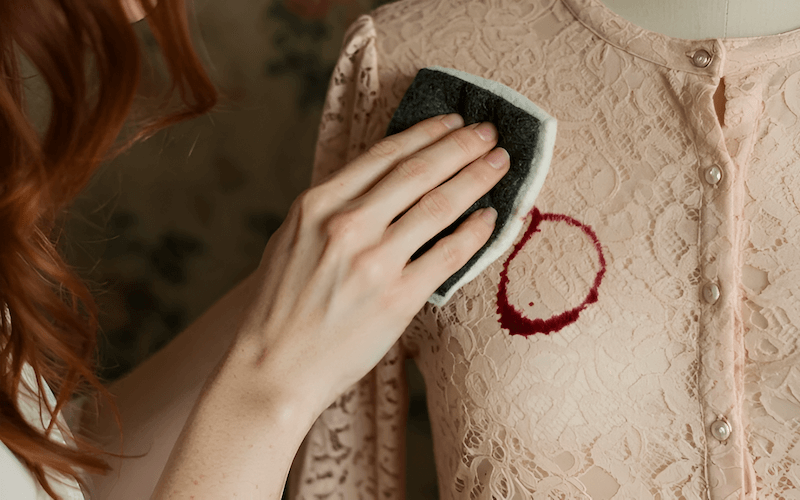
2.3. Protecting garments: Turning inside out and using mesh bags
Turning clothes inside out protects delicate decorations, such as beads, sequins, and embroidery, and it also reduces friction on the outer fabric. Mesh laundry bags are essential, because they safeguard garments from snagging and provide an extra layer of protection during the wash cycle, which is important.
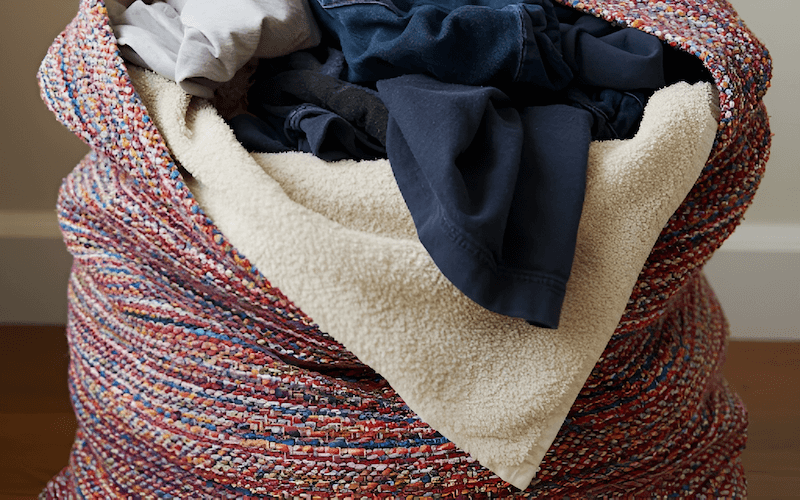
3. Choosing the right detergent for delicates
Regular detergents are often too harsh for delicate fabrics. They contain strong chemicals, optical brighteners (which can dull colors), and fragrances (which can cause irritation to skin). You are best to use gentle liquid detergents specifically formulated for delicate fabrics. Liquid detergents are preferred over powder detergents because they dissolve more easily and leave less residue.
4. Setting up your washing machine for delicates
4.1. Water temperature: Cold vs. warm for delicates
Cold water is generally the safest and best option for most delicates. This is because it minimizes the risk of shrinking, prevents color fading, and is gentler on delicate fibers. If a deeper clean is required, you might consider warm water, but caution should be exercised. You will want to avoid warm water for silk, wool, lace, and brightly colored delicates.
4.2. Cycle selection: Delicates, hand Wash, or gentle
You should use the ‘Delicates’ or ‘Hand Wash’ cycle, if available on your machine, because these cycles are specifically programmed for gentle cleaning action. If there is no delicate cycle, then use the shortest, gentlest cycle available.
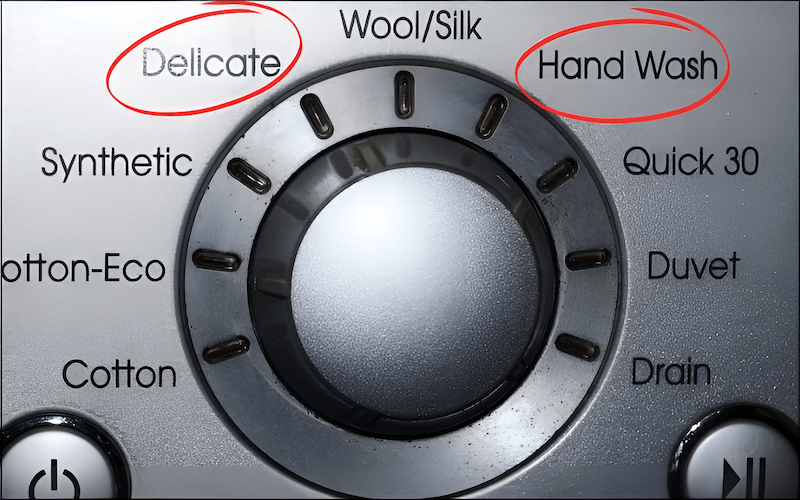
4.3. Load size: Less is more for delicates
Only wash a few pieces at a time, and will reduces friction, prevents damage, and ensures effective cleaning, because overcrowding the washer will cause rubbing and damage.
5. The gentle washing process step-by-step
5.1. Adding the right amount of detergent
Always use only a small amount of the recommended mild detergent. Using too much detergent can leave behind a sticky residue. The amount of detergent used impacts rinsing.

5.2. Starting and monitoring the cycle (Minimally)
Start the selected delicate cycle after loading garments in mesh bags and adding the correct amount of detergent. Avoid opening the washing machine door mid-cycle unless absolutely necessary, because that might cause cycle disruption.
6. Drying delicates: Air drying is key
6.1. Why to avoid the tumble dryer for delicates
Using a tumble dryer is not recommended for delicate fabrics. The heat from the dryer can cause shrinkage and damage to delicate fibers, and the agitation of tumbling can be too rough. Even low heat settings can be too harsh for many delicates.
6.2. Best air drying techniques: Laying flat and using hangers
Laying flat on a clean, dry towel and using padded hangers are the primary air-drying methods. Laying flat is best for delicate knits to prevent stretching. Padded hangers are better for woven items that can hold their shape. Always dry away from direct sunlight.
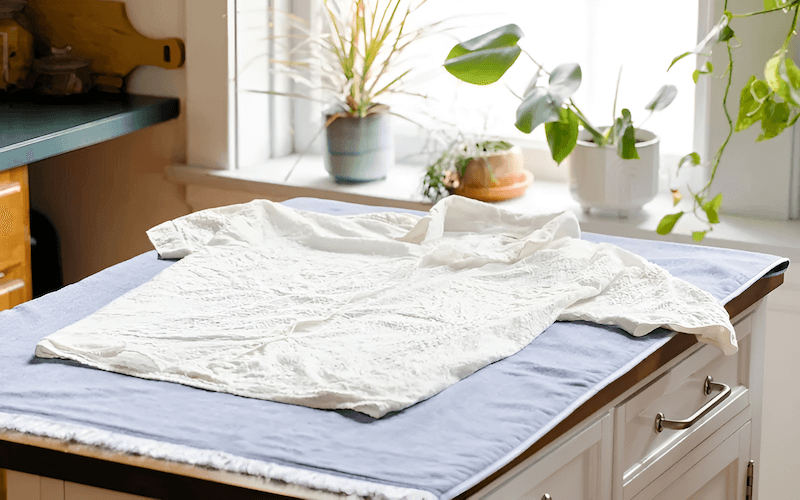
7. Special considerations for specific delicates
7.1. Washing silk: Extra gentle care
Silk requires extra gentle care. Always use cold water and the gentlest cycle specifically for silk garments. Never wring or twist silk, as this can damage the fibers.
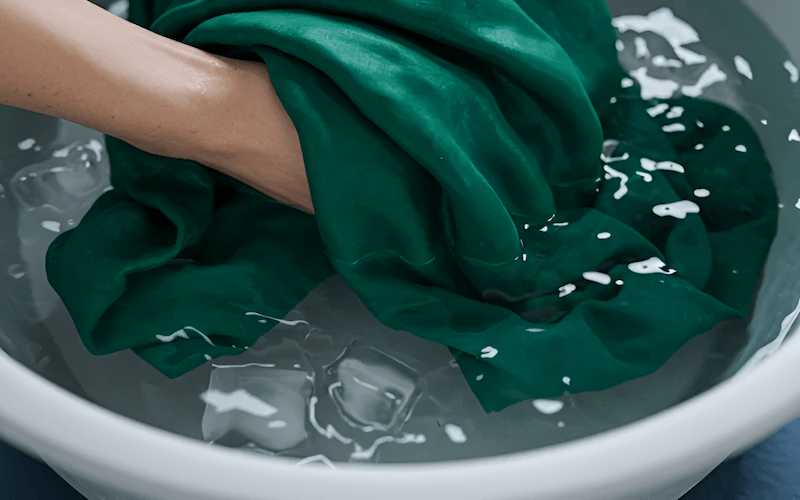
7.2. Washing woolens: Preventing shrinkage
Use wool-specific detergent, which is lanolin-based. The best water setting is cold, and if possible a wool or delicate cycle. Reshape woolens while damp to maintain their original form. Always lay woolens flat to dry to prevent stretching.
7.3. Embroidered and embellished items: Extra protection
A mesh bag is required to protect embroidered and embellished items, and should be used. You can use the gentlest cycle. Hand washing is a good option for heavily embellished items.
7.4. Drying delicates in humid climates
Address the challenge of drying in humid climates. You should create a well-ventilated drying area indoors. Use fans to circulate air and speed up the process.

8. Common mistakes to avoid when machine washing delicates
Mistake 1: Overloading the washing machine, because this prevents clothes from moving freely. Solution: Wash smaller loads.
Mistake 2: Using too much detergent, which can leave behind a sticky residue. Solution: Use less detergent than usual and measure carefully.
Mistake 3: Using hot water, as this can cause fabrics to shrink. Solution: Always use cold water unless the care label says otherwise.
Mistake 4: High spin speeds can distort fragile materials. Solution: Select a delicate cycle or select a lower spin setting.
9. FAQs about machine washing delicates
9.1. Can I machine wash all delicates?
Answer: Mostly yes, but always check the care labels first. Some very delicate or intricately constructed items may still be best suited for hand washing or professional dry cleaning.
9.2. How often should I wash delicates?
Wash delicates less often than regular clothes. Over-washing can contribute to wear and tear, even with gentle washing methods.
9.3. What if my delicate cycle is still too strong?
If you suspect the delicate cycle is still too aggressive, use the shortest, gentlest cycle available on your machine. Hand washing is the safest option for fragile items.
9.4. Can I use fabric softener on delicates?
Generally, no. Fabric softeners can leave a waxy residue on fabrics, which can reduce absorbency in some materials and potentially dull colors over time.
9.5. How do I know if I’ve damaged my delicates in the wash?
To check if your delicates were damaged in the wash, look for common signs like stretched fabric, loose threads, pilling, or color fading. You might also notice misshapen garments or small holes. If you see any of these issues, it’s likely the washing method was too harsh and you may need to adjust your settings or switch to hand washing.
10. Packlove – Caring for your garments with quality labels and packaging
Packlove has over 8 years of experience in the garment industry. We understand that high-quality care, like gentle washing, is important, and we can help you with that. High-quality labels and packaging from Packlove can provide the attention to detail needed. At Packlove, we are dedicated to providing a suite of solutions.
Visit our website at https://mypacklove.com/ or contact us at [email protected] to explore our options and contact us for a free consultation.
Read more:
Machine washing delicates is achievable and convenient. Be sure to follow the steps above. Gently wash your clothing, and always check your labels. You can maintain beautiful clothing for a long time.






















